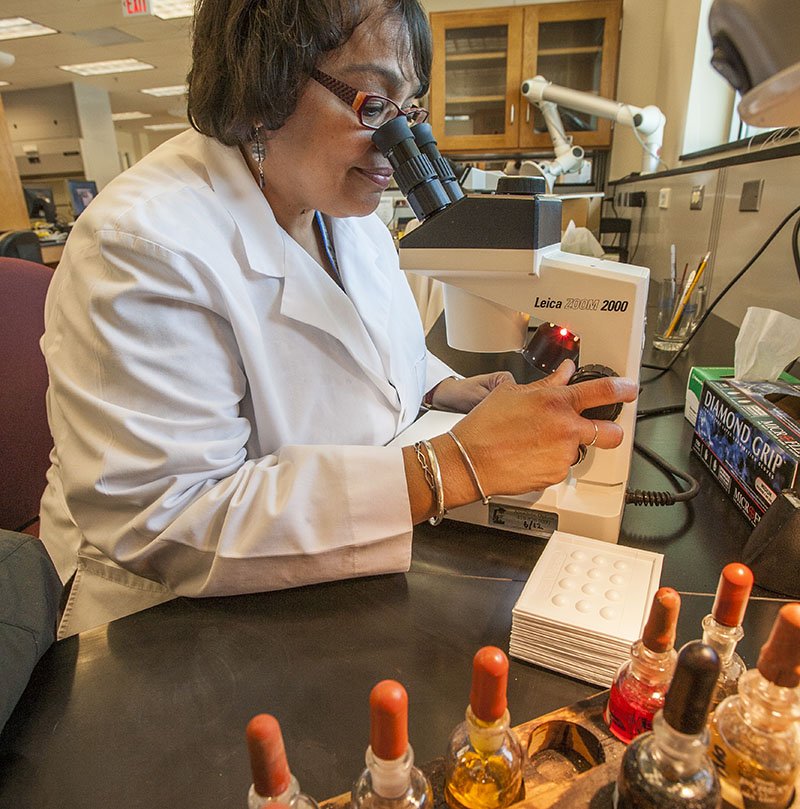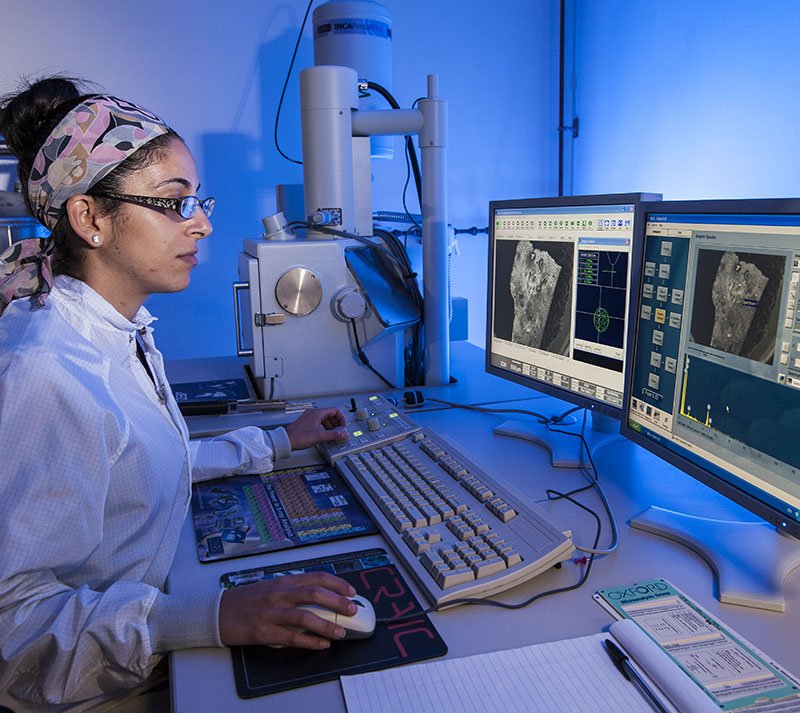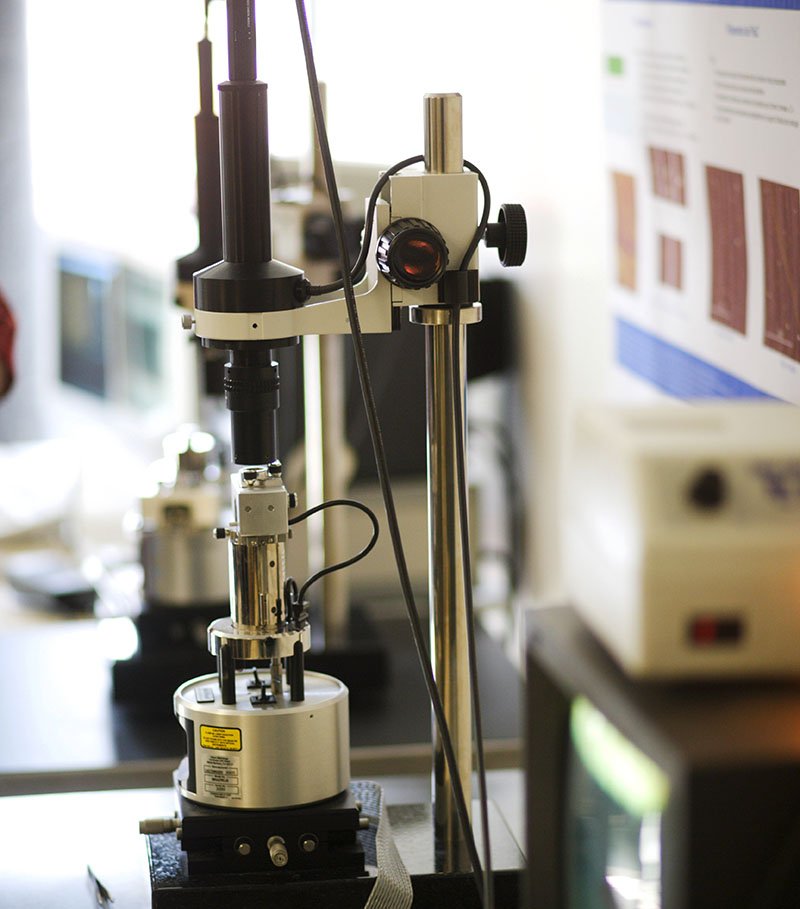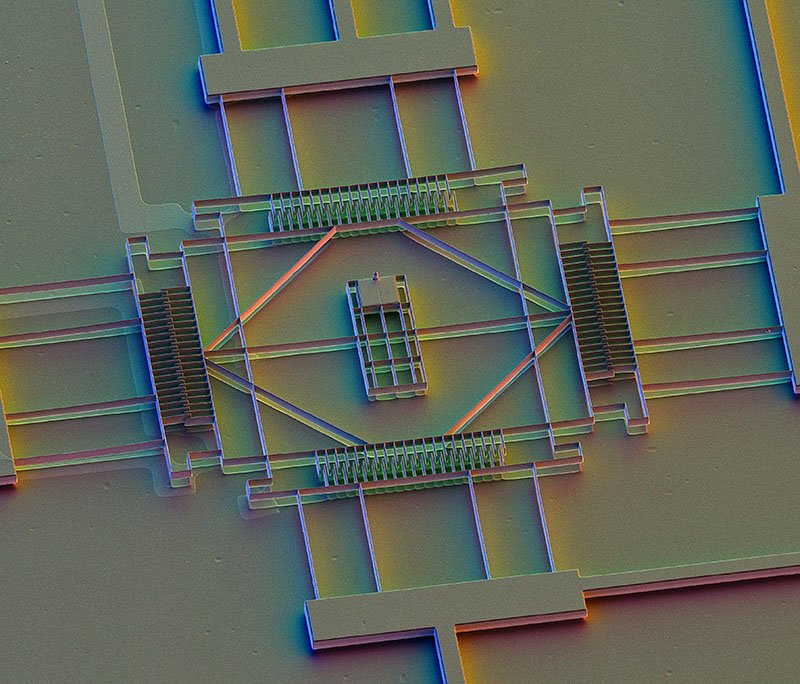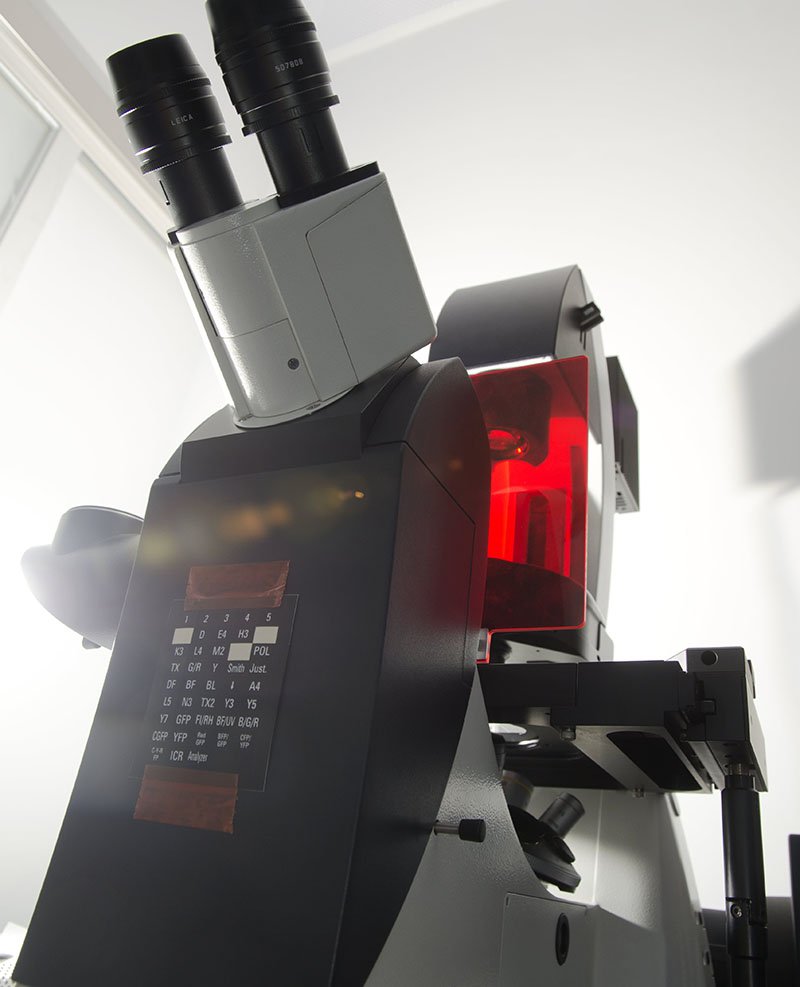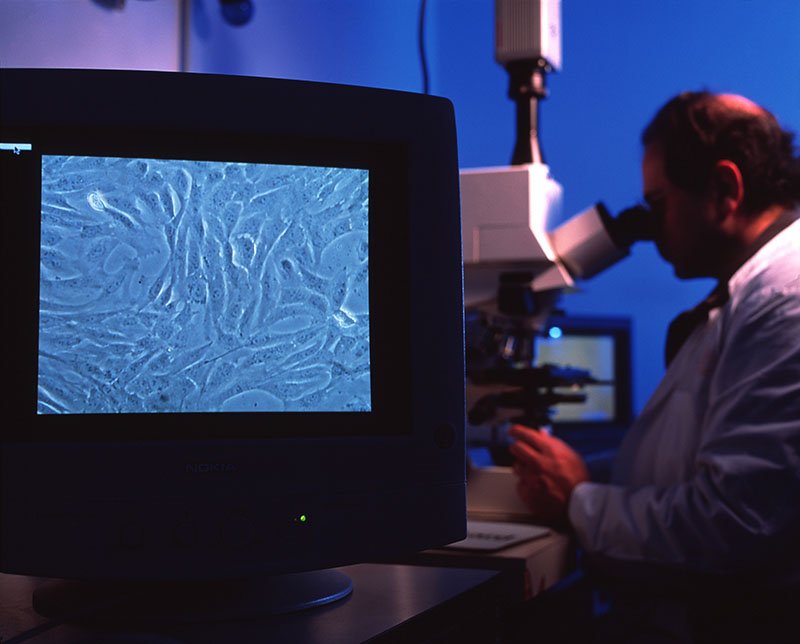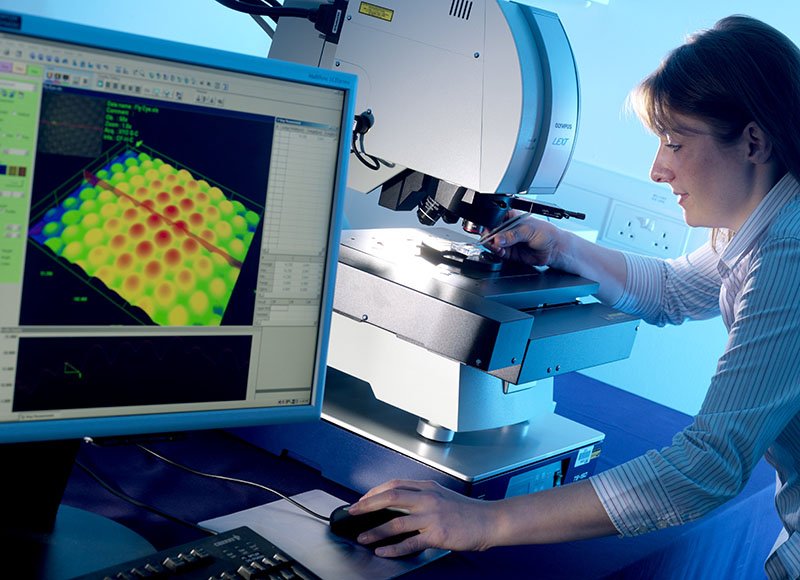Tornadoes emerge from the tumultuous core of thunderstorms, leaving destruction in their wake. Understanding tornadoes necessitates diving into the complexities of supercells, where these vortexes are born. We will delve into the science behind tornado formation while also considering the influence of climate change on these extreme weather events.
Gallery of Tornadoes and Supercells
Supercell Anatomy
Supercells stand out from thunderstorms for their rotating updrafts or mesocyclones. These colossal atmospheric systems, which span vast distances and persist for hours, are the primary incubators for tornadoes. A supercell starts with the clash of warm, moisture-laden air rising from the Earth's surface with cooler, drier air aloft. This stark thermal and moisture gradient creates an unstable atmosphere conducive to thunderstorm development.
As the warm, moist air ascends, it undergoes rapid condensation, releasing latent heat and fueling the updraft's ascent. Concurrently, horizontal wind shear—variations in wind speed and direction with altitude—lays the groundwork for rotational motion within the storm. The interaction between the updraft and wind shear initiates the formation of the mesocyclone, a rotating column of air several miles in diameter.
A Tornado Begins to Form
While supercells possess the necessary ingredients for tornado formation, not all lead to the creation of tornadoes. The transition from a rotating mesocyclone to a tornado involves the interplay between the storm's internal dynamics and external environmental factors. One pivotal mechanism driving tornado genesis is the stretching of horizontal vorticity—a spinning motion of air—into a vertical orientation.
This vertical stretching occurs through various processes, including the tilting of horizontally rotating air by the updraft and the convergence of horizontal wind vorticity near the Earth's surface. As the mesocyclone intensifies, a wall cloud—a region of enhanced low-level rotation—may form beneath the storm. A funnel cloud may descend from this wall cloud, marking the incipient stage of a tornado. The funnel cloud extends downward from the parent cloud base but does not yet contact the ground.
Tornado Formation
A critical process known as vortex stretching must ensue for a funnel cloud to evolve into a tornado. Vortex stretching amplifies the rotation within the funnel cloud, intensifying its circulation and drawing air inward at an accelerating rate. As the rotating column of air descends toward the Earth's surface, it may become visible as a tornado. Upon contact with the ground, the tornado establishes itself, unleashing its destructive potential.
Waterspouts
Waterspouts are the aquatic counterparts of tornadoes. They form over bodies of water, ranging from oceans and lakes to rivers and even smaller ponds. While waterspouts share similarities with tornadoes, their formation mechanisms differ slightly. Waterspouts typically develop under high humidity and atmospheric instability conditions, often associated with convective showers or thunderstorms passing over warm water. Like their terrestrial counterparts, waterspouts exhibit a characteristic funnel shape, extending downward from the cloud base toward the water's surface. While most waterspouts remain relatively weak and short-lived, some can intensify, posing risks to maritime activities and coastal communities.
The Fujita Tornado Scale
The Fujita Tornado Scale, developed by renowned meteorologist Dr. Tetsuya Theodore Fujita in 1971, is a vital tool for categorizing tornadoes based on their intensity and damage. Originally known as the Fujita-Pearson Scale, it underwent revisions over the years, with the Enhanced Fujita (EF) Scale being the most recent iteration adopted in 2007. Based on estimated wind speeds and associated damage patterns, this scale classifies tornadoes into six categories, ranging from EF0 (weak) to EF5 (violent). Each category provides insights into the destructive potential of a tornado, helping meteorologists and emergency management officials assess the severity of a tornado event and allocate resources accordingly. The EF Scale facilitates standardized reporting and analysis of tornado events and enhances public awareness and preparedness, empowering communities to respond effectively to the ever-present threat of tornadoes.
Effects of Climate Change
In recent years, mounting evidence shows climate change influences the frequency, intensity, and distribution of tornadoes. Increasing atmospheric moisture and changes to circulation patterns due to climate change shape tornado occurrence.
Gallery of Weather and Meteorology Images
Our Future in the Face of Tornadoes
Tornadoes are formidable manifestations of atmospheric dynamics, embodying nature's raw power and complexity. While scientists continue to advance our understanding of tornado formation, the potential influence of climate change underscores the urgency of addressing environmental challenges. By combining scientific inquiry with proactive mitigation and adaptation strategies, we can strive to mitigate the impacts of tornadoes and build resilient communities in the face of evolving climatic conditions. As we marvel at the spectacle of these swirling vortexes, let us also heed the call for collective action to safeguard lives and livelihoods from the ever-changing forces of nature.
























